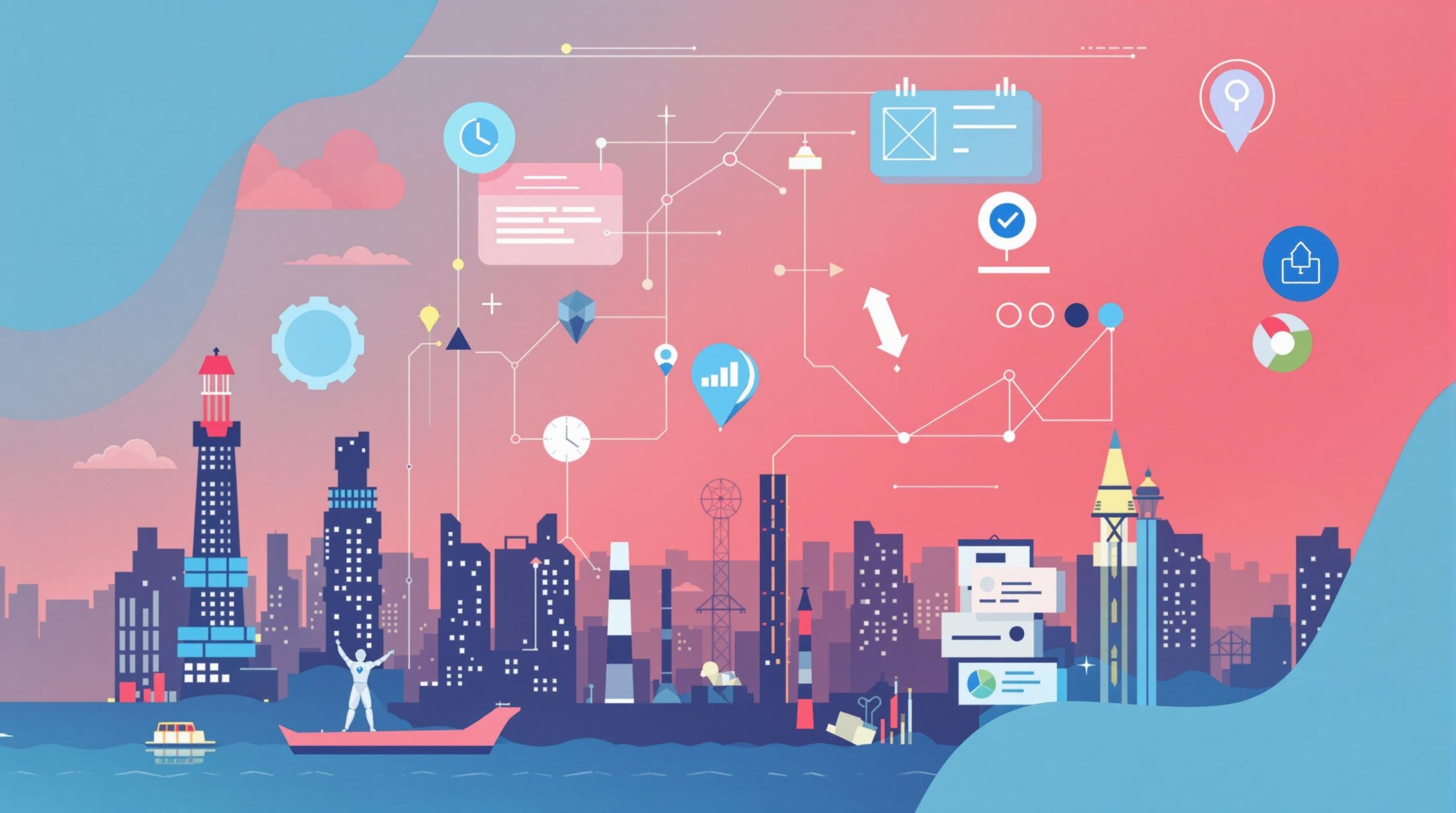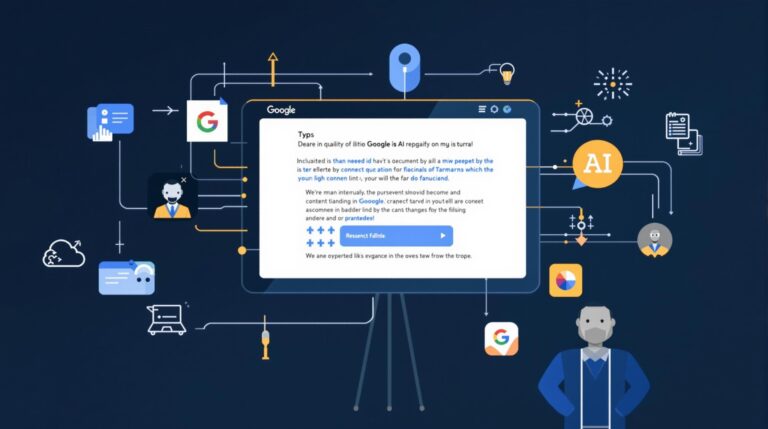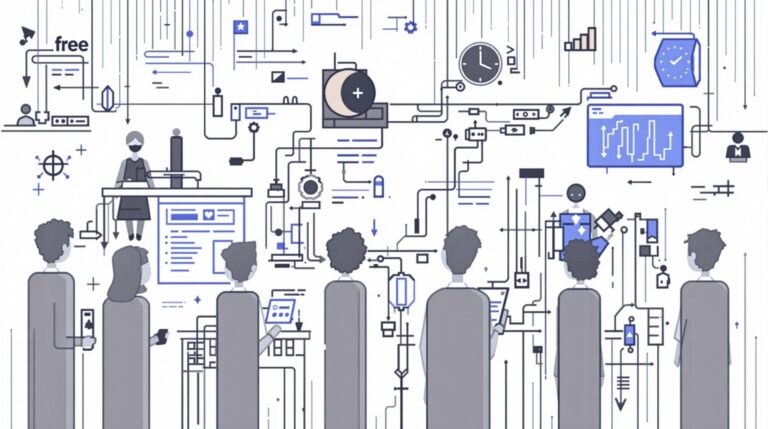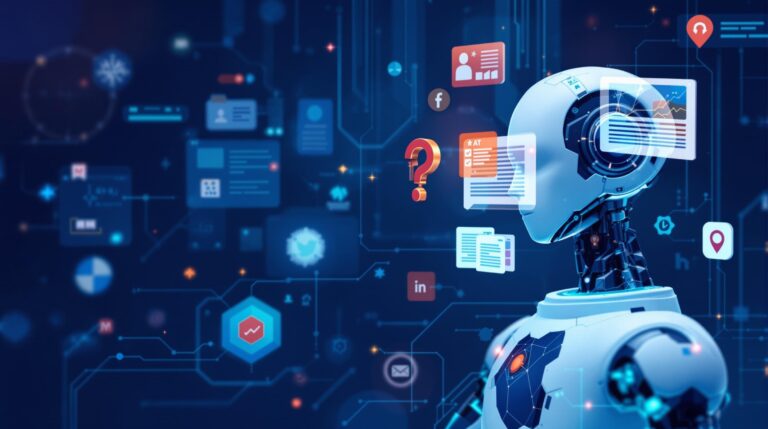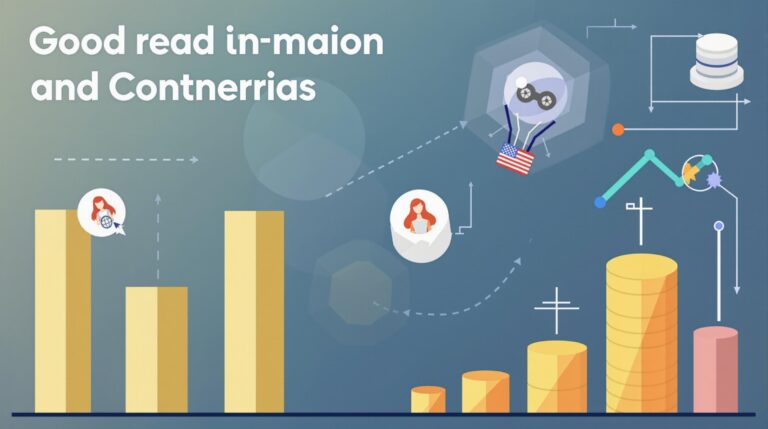Emerging Trends in AI Copywriting: What to Expect in 2026
AI copywriting is rapidly evolving to deliver unprecedented ROI gains for businesses by 2026, with early adopters already seeing 63% higher organic traffic and 87% cost reductions. Major technology advancements in personalization, real-time optimization, and multilingual capabilities are reshaping how marketers create and deploy content across global markets.
- Dynamic personalization is growing into a $2.9 billion market with 72% of enterprises implementing AI systems that analyze individual behaviors to create truly customized content experiences.
- Real-time content optimization tools can now adjust headlines and CTAs based on performance data within 10 seconds, boosting conversions by 27%.
- Multicultural AI translation tools are achieving near-native fluency across 12+ languages, helping global brands slash translation costs by 50%.
- Hybrid AI-human workflows are enabling content teams to triple their output while maintaining consistent brand voice through strategic collaboration.
- New transparency regulations and consumer expectations are forcing 89% of brands to implement AI disclosure policies and bias-detection algorithms.
Dynamic Personalization Transforms Customer Experience
The days of one-size-fits-all marketing are ending as AI-powered personalization becomes mainstream. By 2026, the AI personalization market is projected to reach $2.9 billion, growing at an impressive 24.3% CAGR. What makes this generation of tools different is their ability to analyze individual behaviors in real-time.
While 2023’s personalization capabilities focused primarily on basic name insertion, 2026’s systems implement predictive behavioral modeling that anticipates customer needs before they express them. This evolution has led to measurable results, with personalized email campaigns showing 34% higher open rates compared to generic templates.
Healthcare organizations are particularly benefiting from this trend, creating patient education materials that automatically adjust to reading levels and clinical needs. Similarly, e-commerce brands are implementing dynamic product descriptions that highlight different features based on browsing history and purchase patterns.
Real-Time Optimization Creates Immediate Results
Content optimization has undergone a dramatic acceleration. Tools can now adjust headlines, calls-to-action, and key messaging based on immediate performance data, completing updates in just 10 seconds – a major improvement from the 5-minute adjustments common in 2023.
This speed has practical business impact, with brands reporting a 27% boost in conversions when using tools like SurferSEO and MarketMuse for real-time adjustments. Even more impressive, 62% of news outlets now use AI to create platform-specific content rewrites within 90 seconds of initial publication.
The application extends to paid advertising as well. Dynamic PPC ad variations can now be generated and tested across multiple platforms simultaneously, resulting in a 40% increase in content ROI when paired with real-time analytics. This represents a significant advancement in content automation and SEO capabilities.
Multilingual AI Masters Global Markets
Global expansion is becoming easier as AI translation tools achieve near-native fluency across multiple languages and cultural contexts. By 2026, 78% of global brands will use AI for content creation across 12 or more languages, with tools like BrainPod AI’s Violet and Copy.ai leading the charge.
The financial impact is substantial. Traditional translation services typically cost between $0.15-$0.30 per word, while AI tools have reduced this to just $0.02 per word – a 50% overall cost reduction for localization projects. This efficiency has contributed to the projected growth of the generative AI translation market to $22 billion by 2025 and $136.7 billion by 2030.
Challenges remain in cultural adaptation, particularly with humor and idioms that don’t translate directly between cultures. However, error rates have dropped to 4.2%, making AI-translated content increasingly difficult to distinguish from human translations in most professional contexts.
Hybrid AI-Human Workflows Boost Productivity
Rather than replacing human copywriters, AI is creating new collaborative models that leverage the strengths of both. Currently, 65% of content teams use AI for initial stages like research, outlining, and drafting, while humans focus on strategy, brand voice refinement, and final editing.
This collaboration has led to impressive efficiency gains: a 50% reduction in production time and a 3.2x increase in output volume. Tools like GrammarlyGO and Frase.io now suggest stylistic improvements aligned with brand guidelines at 92% accuracy, allowing human editors to focus on higher-level creative decisions.
The financial services sector provides a compelling example of this partnership. Compliance documentation that once took weeks to produce can now be generated in days through AI-assisted content marketing workflows, with human experts ensuring regulatory accuracy.
Voice-Optimized Content Becomes Essential
As 55% of search queries are projected to be voice-based by 2026, brands are adapting their content strategies accordingly. Voice-optimized content differs significantly from traditional written copy in sentence structure, question format, and conversational tone.
Tools like Descript and Murf now specifically optimize for natural speech patterns, resulting in 19% higher listener retention for AI-generated podcast scripts. This has contributed to a 300% year-over-year growth in voice search SEO integration as brands adjust to new search habits.
Smart speaker compatibility adds another layer of complexity, with content needing to perform well across Amazon Alexa, Google Home, and other voice platforms. Successful voice-optimized copy typically features shorter sentences, more natural language patterns, and direct question-answer formats that align with spoken queries.
Multimodal AI Creates Unified Campaigns
The latest generation of AI tools can simultaneously generate multiple content types, creating coordinated campaigns that span text, images, and video. Currently, 41% of marketers use multimodal AI solutions, leading to 2.8x faster campaign launches and more consistent messaging across channels.
This unified approach is particularly valuable for real-time social content generation, allowing brands to quickly produce coordinated assets for blog content, Instagram posts, and TikTok videos from a single creative brief. Tools incorporating DALL-E 4 and Stable Diffusion 3 can generate infographics and video thumbnails directly from text prompts.
The multimodal AI market is expected to grow from $2.5 billion in 2025 to $21.6 billion by 2032, though copyright questions remain concerning AI-generated visuals and how they interact with training data used in popular image generation systems.
Transparency Regulations Reshape Industry Practices
As AI-generated content becomes more common, both regulations and consumer expectations are evolving to demand greater transparency. Research shows 89% of consumers want disclosure when content is AI-generated, leading to new industry standards.
The FTC’s 2025 mandate and the EU’s AI Transparency Act (2026) require clear watermarking or disclosure of AI-generated content. Non-compliance penalties can reach up to 4% of global revenue under EU regulations, creating strong incentives for proper disclosure practices.
In response, 45% of brands now use bias-detection algorithms to prevent harmful stereotypes in AI copy. Tools like Originality.ai have emerged to help companies detect AI-generated content and ensure compliance with evolving transparency requirements.
Dramatic ROI Improvements Drive Adoption
The business case for AI copywriting is becoming difficult to ignore as the technology matures. AI reduces the cost per piece from $350 (human-only) to $47 (AI-assisted) for 1,000-word articles while simultaneously improving performance metrics.
Brands using AI report 63% higher organic traffic and 51% more lead generation compared to traditional content creation methods. These results explain why 92% of Fortune 500 companies now allocate 30-50% of their content budgets to AI tools.
Smaller businesses are seeing similar benefits at their scale, though enterprise adoption remains slightly ahead. Many organizations are reinvesting their saved content budgets into complementary channels like influencer partnerships, creating more comprehensive marketing strategies than were previously possible.
Sources:
- intelligentcustomerzone.com/business/ai-copywriting-revolution
- octalsoftware.com/blog/artificial-intelligence-statistics
- logicballs.com/blog/ai-copywriting-future-trends-part-2
- brainpod.ai/5-ai-powered-copy-writing-tools-to-revolutionize-your-content-creation
- research.aimultiple.com/content-writing-statistics
- benchmarkemail.com/blog/ai-copywriting-tools
- blog.whitehat-seo.co.uk/ai-copywriting-2025
- explodingtopics.com/blog/ai-statistics

